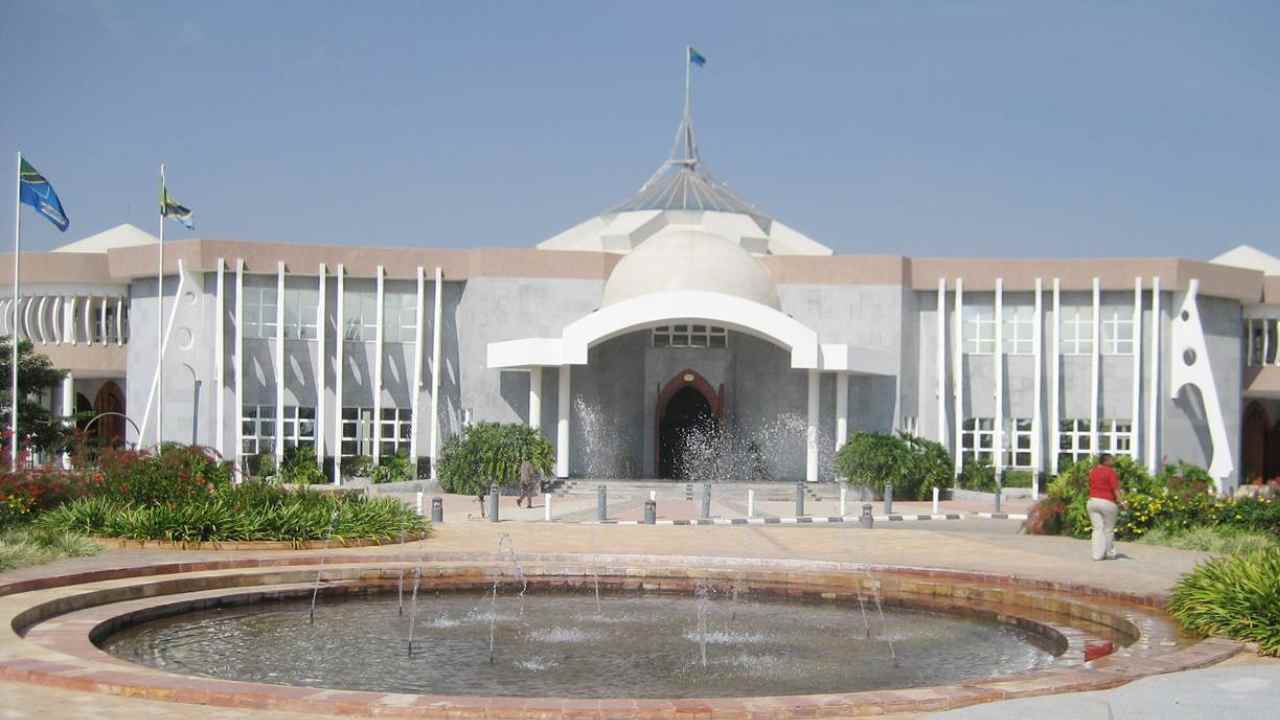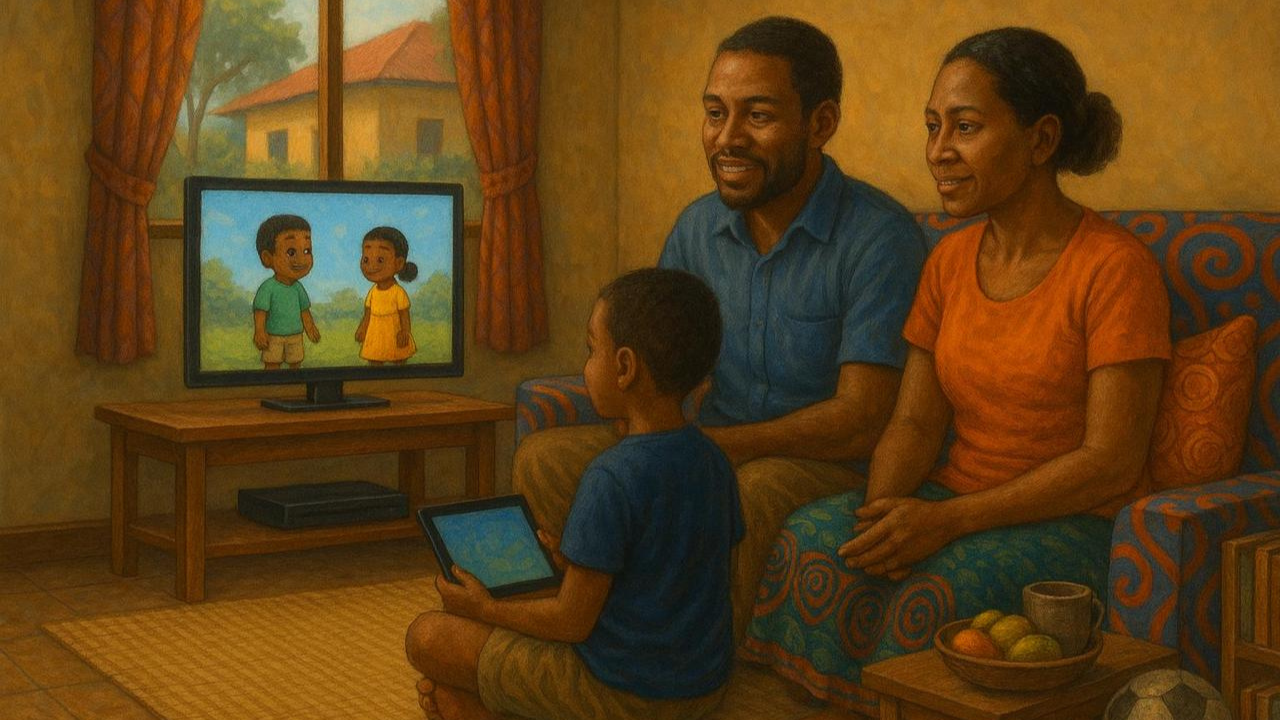The decision to move the human population out of the Ngorongoro Conservation Area (NCA) has turned into a human rights fiasco.
While intentions to reduce human activities and preserve the status of the NCA as a UNESCO world heritage site are good the government’s refusal to consider the sensitivity involving moving people from their ancestral land as well as the failure to take responsibility for the burgeoning population has complicated the whole exercise.
It’s true that the growing population in the NCA and the resultant human activities threaten wildlife and the ecosystem of Ngorongoro. When the NCA was designated as a conservation area in 1959 the population was 8,000 with a herd of between 20 and 30 cattle, according to government estimates.
But now the human population has swelled to 110,000 and that of animals has increased to 813,000, according to figures shared by Prime Minister Kassim Majaliwa, whose office supervises the issue.
To save the world heritage site the government designated an area in the Handeni district in the Tanga region where those who are willing to move would be provided with housing and grazing land for their animals.
But activists are up in arms against the intention to move people out of their ancestral land for whatever reasons. They claim that the government, knowingly or unknowingly, works with imposters who pose as Maasai elders to demonstrate that indigenous people are willing and ready to move out of the NCA.
In fact, when Mr Majaliwa reported that 86 households, with over 453 people, have registered to move from Ngorongoro to Handeni, activists alleged that the government had taken the names of people not living within the contested area.
Samia’s sense of urgency
Protests from human rights activists have led to a back-and-forth with government officials that culminated with President Samia Suluhu Hassan’s retort.
At the ten years anniversary of the Tanzania Human Rights Defenders’ Coalition’s (THRDC) works on May 13, 2022, Samia wondered aloud why human rights activists were on the side of the people who threaten the Ngorongoro and not on the side of the government, which seeks to protect the world heritage site.
“When we go out to defend world heritage, the heritage that exists in Tanzania, like Ngorongoro, the government is committed to preserving that heritage,” President Samia is reported to have said. “But is it not your networks [of human rights defenders] that defend the people putting that heritage at risk? It is your networks by claiming that it is about human rights.”
It is ironic that President Samia should reproach human rights activists for defending human rights. Of course, this shows that she strongly feels compelled to protect Ngorongoro after the failure of past administrations to act.
With this urgency, one wonders whether proper briefings and debriefings are done with the officials she has entrusted to deal with the issue.
For, the government seems to have, deliberately, chosen to ignore certain key facts whose consideration would have made the whole process easier and a win-win for both the people and the heritage site.
Taking responsibility
The government has not cared to take responsibility for the increase in the human population in the NCA.
When she was unveiling her first cabinet after she assumed office on March 19, 2021, President Samia said the high population at the NCA was caused by the fact that former employees of the NCA Authority were settling in the area after stopping working for the Authority.
But where was the government when these people were settling at the NCA in the past 60 years? Why wasn’t the government managing the situation as it was unfolding?
The government has always threatened to evict people living in Ngorongoro and, activists claim, has resorted to restricting people’s economic activities which have caused poverty, hunger and illiteracy as indicated by its own report entitled The Multiple Land Use Model of Ngorongoro Conservation Area: Achievements and Lessons Learnt, Challenges and Options for the Future.
The aim here is, definitely, not to apportion blame but it is crucial that the government accept some responsibility for the whole NCA saga. It will change government officials’ perspectives and accord the issue the sensitivity it deserves.
Taking responsibility should also include the willingness to understand that moving people out of the NCA is a long-term exercise. It should be a slow but steady process. It will need a lot of patience.
It should involve a lot of sensitization campaigns and negotiations to convince the people to move to designated areas without fear of being dumped.
Bad intentions
The government should realize that many of the people living in Ngorongoro don’t trust its motives. The government has been perceived to take sides in past or current conflicts between people and investors in the Loliondo game controlled area, for example.
This perception has diminished people’s confidence in the government’s ability to act with pure intentions. It is no wonder that the government’s aims to preserve the NCA’s world heritage site status are interpreted as seeking to favour the interests of businesses (tour guide companies, hoteliers etc) at the expense of people’s rights to live in their ancestral land.
Another problem is that in seeking to move the people out of Ngorongoro the government has not been forthcoming in explaining whether it has ‘refined’ its human-wildlife coexistence policy.
The uniqueness of the NCA as a world heritage site has been the human-wildlife coexistence phenomenon. But questions remain unanswered; is the government planning to move everyone out of the NCA? What will happen when most people refuse to move? What will determine who moves out and who stays?
The government seems ready for a no holds barred fight as indicated by its decision to transfer projects funded by the COVID-19 recovery fund from Ngorongoro to Handeni.
It was recently reported that the government ordered headmasters of schools located within the NCA to transfer a total of Sh355 million from their accounts to the account of the Handeni district.
But the issue is whether the government is prepared to deal with the consequences of evicting people out of the NCA and the negative effects that will have on the conservation efforts.
Damas Kanyabwoya is a veteran journalist and a political analyst based in Dar es Salaam. He’s available at dkanyabwoya@gmail.com. His Twitter handle is @DKanyabwoya. These are the writer’s own opinions and it does not necessarily reflect the viewpoint of The Chanzo Initiative. Want to publish in this space? Contact our editors at editor@thechanzo.com for further inquiries.




